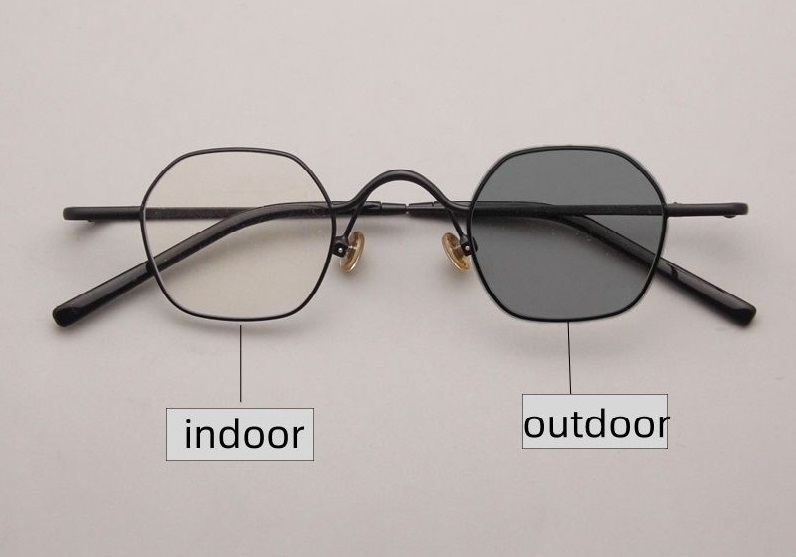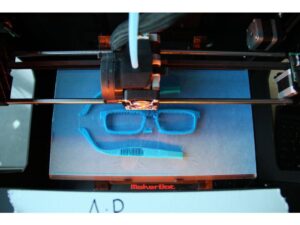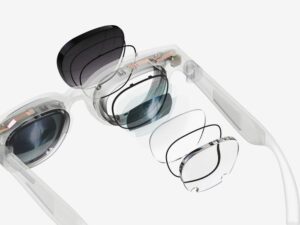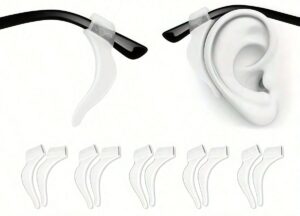☀️What They Are
Photochromic (or transition) lenses automatically adjust their tint according to light conditions:
Indoors: Clear and transparent.
Outdoors: Darken like sunglasses when exposed to UV light.
⚙️How They Work
Special photochromic molecules (such as silver halide or organic compounds) react to UV exposure, darkening the lens. When UV decreases, the molecules revert and the lens becomes clear again.
🌈Advantages
All-in-One Convenience: No need to carry separate prescription glasses and sunglasses.
UV Protection: Typically block 100% of UVA/UVB rays.
Comfort: Reduce glare and eye strain with automatic brightness adjustment.
❌Limitations
Temperature Sensitive: Darker in cold weather, lighter in hot climates.
Limited in Cars: Windshields filter UV, slowing or limiting the darkening effect.
Variable Speed: Different brands differ in activation and fading times.
✅Best For
Daily commuters moving between indoor and outdoor spaces.
Outdoor enthusiasts such as cyclists and hikers.
Minimalists who prefer one versatile pair of glasses.
Photochromic lenses offer convenience and protection, ideal for urban lifestyles. Drivers, however, may still want a dedicated pair of polarized sunglasses.







